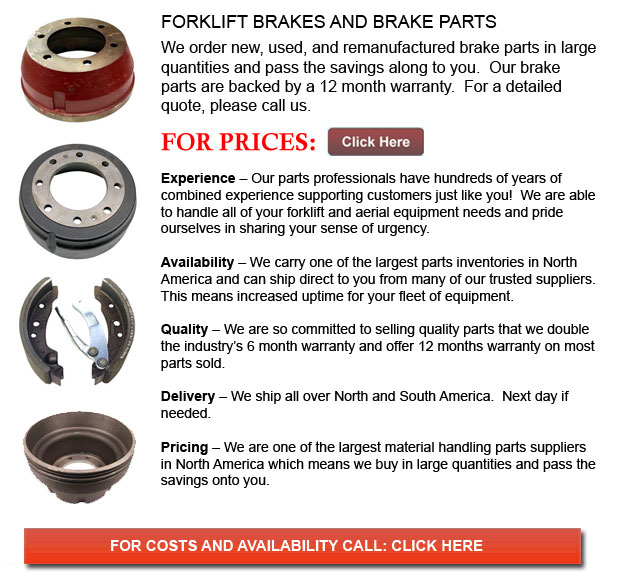
Forklift Brakes - A brake drum is where the friction is supplied by the brake shoes or brake pads. The shoes or pads press up against the rotating brake drum. There are a few other brake drums kinds with certain specific differences. A "break drum" would generally refer to if either shoes or pads press onto the interior outside of the drum. A "clasp brake" is the term used to describe whenever shoes press next to the outside of the drum. Another type of brake, called a "band brake" uses a flexible band or belt to wrap round the outside of the drum. Where the drum is pinched in between two shoes, it can be known as a "pinch brake drum." Like a conventional disc brake, these kinds of brakes are rather uncommon.
Previous to 1955, early brake drums required consistent adjustment regularly to be able to compensate for drum and shoe wear. "Low pedal" or long brake pedal travel is the dangerous end result if adjustments are not done satisfactorily. The vehicle could become dangerous and the brakes could become ineffective whenever low pedal is mixed along with brake fade.
There are quite a few different Self-Adjusting systems designed for braking available nowadays. They could be classed into two individual categories, the RAI and RAD. RAI systems are built in systems that help the apparatus recover from overheating. The most well known RAI makers are Lucas, Bosch, AP and Bendix. The most famous RAD systems consist of Volkswagen, VAG, AP, Bendix and Ford recovery systems.
Self-repositioning brakes usually utilize a device that engages just if the motor vehicle is being stopped from reverse motion. This stopping technique is acceptable for use where all wheels utilize brake drums. Nearly all vehicles now make use of disc brakes on the front wheels. By working only in reverse it is less probable that the brakes will be applied while hot and the brake drums are expanded. If tweaked while hot, "dragging brakes" can take place, which raises fuel expenditure and accelerates wear. A ratchet mechanism that becomes engaged as the hand brake is set is another way the self repositioning brakes could function. This means is only appropriate in applications where rear brake drums are used. When the parking or emergency brake actuator lever goes over a certain amount of travel, the ratchet advances an adjuster screw and the brake shoes move in the direction of the drum.
There is a manual adjustment knob located at the bottom of the drum. It is generally adjusted via a hole on the opposite side of the wheel and this requires going beneath the lift truck using a flathead screwdriver. It is of utmost importance to be able to move the click wheel properly and adjust every wheel evenly. If unequal adjustment takes place, the vehicle can pull to one side during heavy braking. The most efficient method to be able to make sure this tiresome job is done carefully is to either lift every wheel off the ground and spin it by hand while measuring how much force it takes and feeling if the shoes are dragging, or give every\each and every one the same amount of clicks using the hand and then perform a road test.
![]() Click to Download the pdf
Click to Download the pdf
Forklift Parts
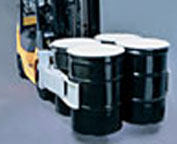
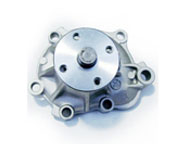
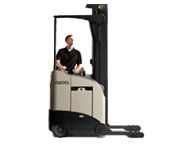
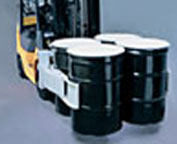
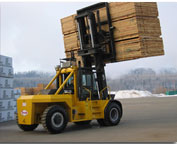
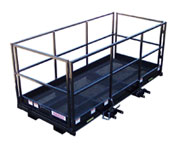
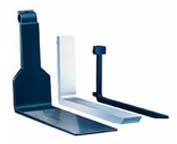
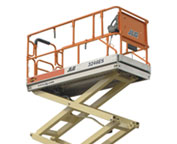
Lift Parts Express
TOLL FREE: 1-888-695-7994
Fort McMurray, Alberta
forkliftpartsfortmcmurray.ca
Email Us
About Us


